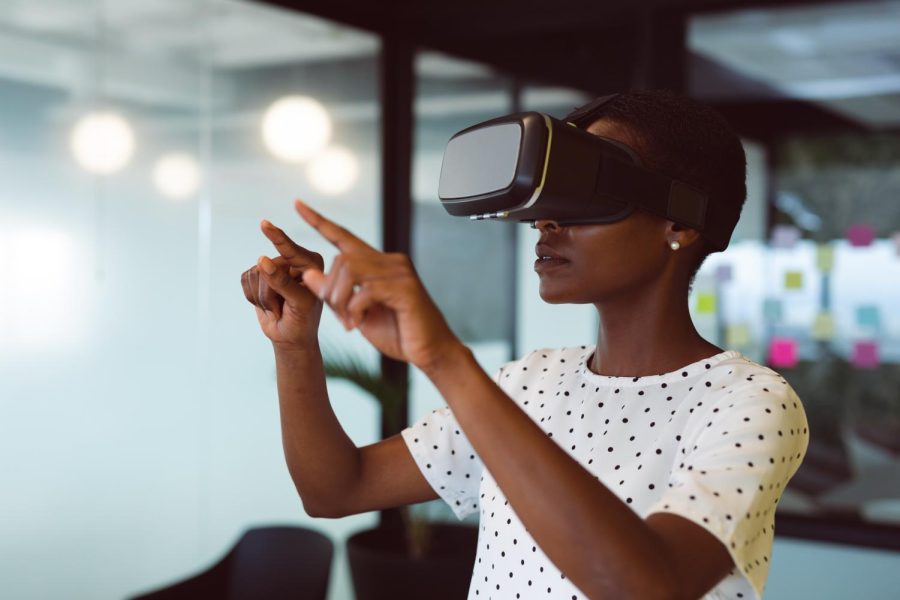Opinion | Colleges should invest in virtual reality
Virtual reality technology creates an engaging environment for students.
September 22, 2022
Columns reflect the opinions of the authors and are not necessarily those of the Editorial Board, The Daily Iowan, or other organizations in which the author may be involved.
Virtual Reality has gone from the fictional world of “The Matrix,” all the way to the classroom.
Virtual reality headsets give students hands-on experience in their respective fields, from within the walls of a classroom anywhere.
More universities and school systems should follow the University of Iowa and invest in virtual reality. Virtual reality provides a unique experience for students. Within a simulated 3-dimensional model lab room, students can pick up and move digital materials as they would in real time.
Medical students would have the opportunity to dissect an accurate 3-dimensional model of a human body with virtual reality technology, rather than using an expensive cadaver. Chemistry students can observe the 3-dimensional shape of molecules, and students in the trades can practice with simulated equipment.
VictoryXR, a company based in Davenport, Iowa specializes in virtual reality-related learning experiences.
They are collaborating with Meta, Facebook’s parent company, to build classroom technology. A virtual campus can cost $50,000 for a 5-7 building twin campus, created using a combination of Google Earth photos and photos from the institution and architectural plans. Funding is helped by Meta.
The technology also includes Quest 2 headsets that are designed to simulate turning and looking around a designated environment within a given program.
On their website, they also offer augmented reality learning materials and Meta homeschool educational bundles at $199 not including the $325 to include a Quest 2 headset.
UI Computer Science Professor Dr. Joseph Kearney is the co-director the Hank Virtual Environments lab. The Hank Virtual Environmental lab uses virtual technology to study perception-action problems.
“It’s becoming so much cheaper, that it’s now becoming practical to deploy [virutal reality] in lots of different ways.” Kearney said. “… We bought a headset in 2012, that was a state-of-the-art headset It was very heavy, and it had lower resolution, less responsive, and more lag time than the Quest I have. The Quest I have is only $300. That system we bought in 2012, which is not that long ago, was about $15,000.”
Kearney believes virtual reality can be a learning tool.
“I think it’s a good time for the university to look for ways to thoughtfully deploy it where it’s appropriate.” Kearney said.
Globally, the virtual reality education market is expected to rise from $6.37 billion to $8.66 billion in 2022. By 2026, that value will be expected to reach $32.94 billion at a compound annual growth rate of 39.7 percent. Notable Companies expected to be involved with this include Facebook Technologies, LLC., HTC Corporation, Google, and Sony.
The cost that goes into developing 3-dimensional virtual reality educational software goes between $40,000-60,000. Headsets themselves cost from $399-$1,200 per unit depending on the complexity of the model.
Schools and universities should accept that virtual reality will become a great step in education. As an emerging technology, virtual reality has many opportunities to adapt to the needs of students and teachers. As innovations arrive, so too will budget-friendly options. This change in learning is too valuable to pass up.



